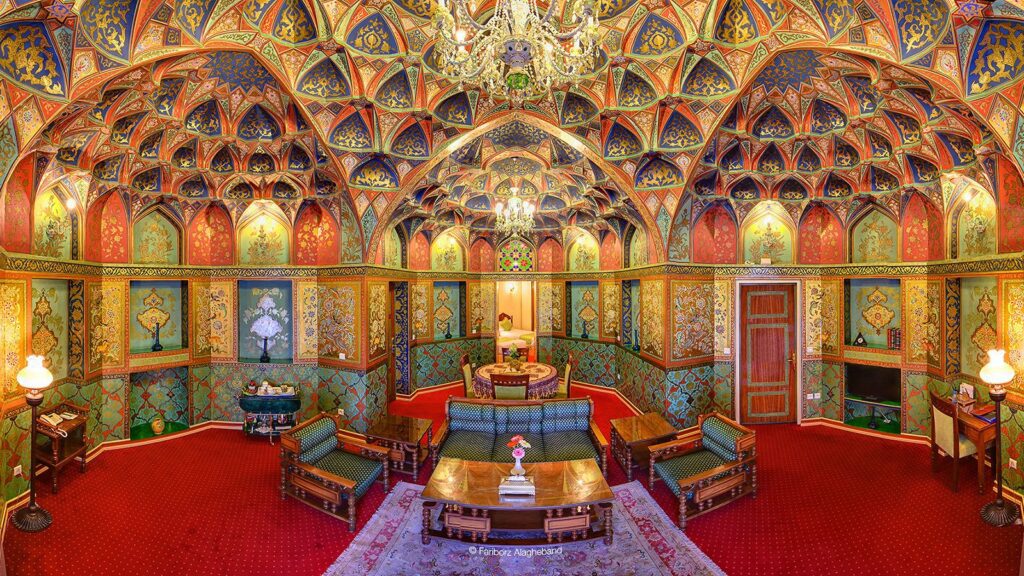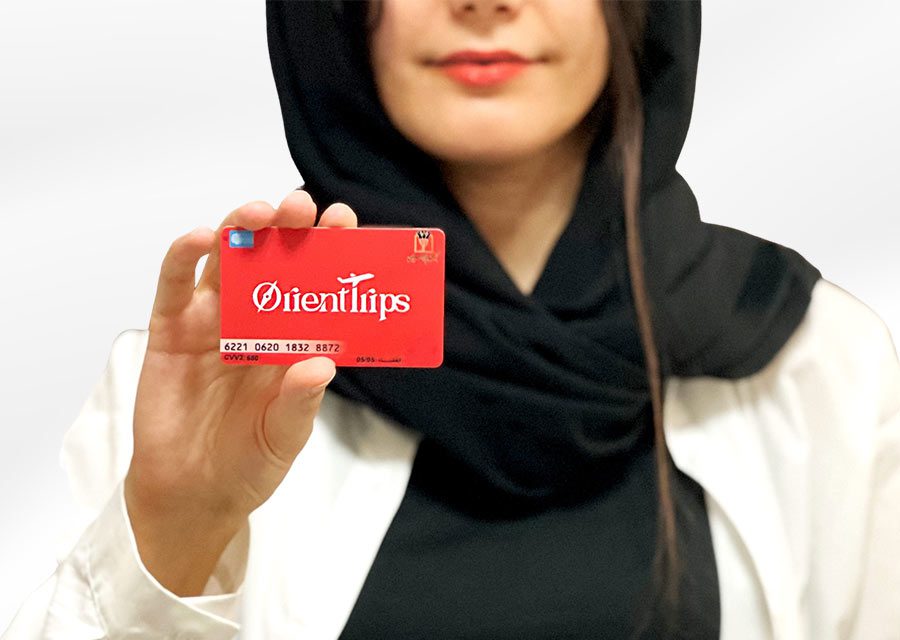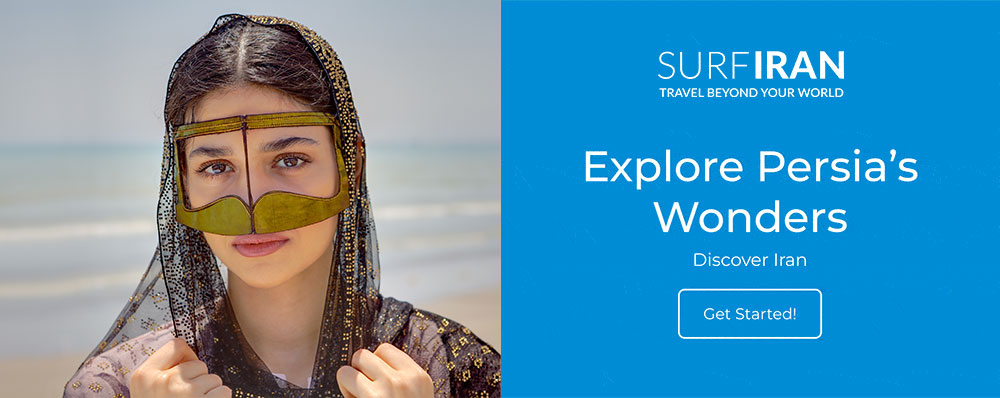Iran’s Diverse Ethnicities: A Guide to its People

Iran is a mosaic of ethnicities, all with their identity, language, culture and history. Reducing Iran to the Persians, the main ethnic group, would be forgetting about the Kurds, the Baloch, the Turks, and many other ethnicities that have been inhabiting Iran for centuries. So, let’s meet with them in this article.
Contents
The Persians: Iran’s First Ethic Group
Persians are descendants of the Elamite or Aryan people, and have originated from the last Indo-European migration by the 9th century BCE to establish one of the world’s most powerful empires at the time, the first Persian Empire.

Culturally, many of the things that come to mind nowadays when thinking about Iran are related to the Persians: the language, Persian (Farsi), the most iconic pieces of literature and poetry (the Shahnameh, Hafez’s and Saadi’s poetry), but also the music, the calligraphy, the miniatures, and the architecture. Indeed, Persians had a significant influence on the country’s culture.
One of the reasons is that Persians represent more than half of the population of Iran, between 51 % and 65 % depending on the sources, which makes it the major ethnic group of Iran. Furthermore, they are concentrated in the central regions of Iran and major urban areas: Isfahan, Shiraz, Tehran, Yazd, and Mashhad. Eventually, the majority of Persians are Shia Muslims, which is the state religion of Iran.
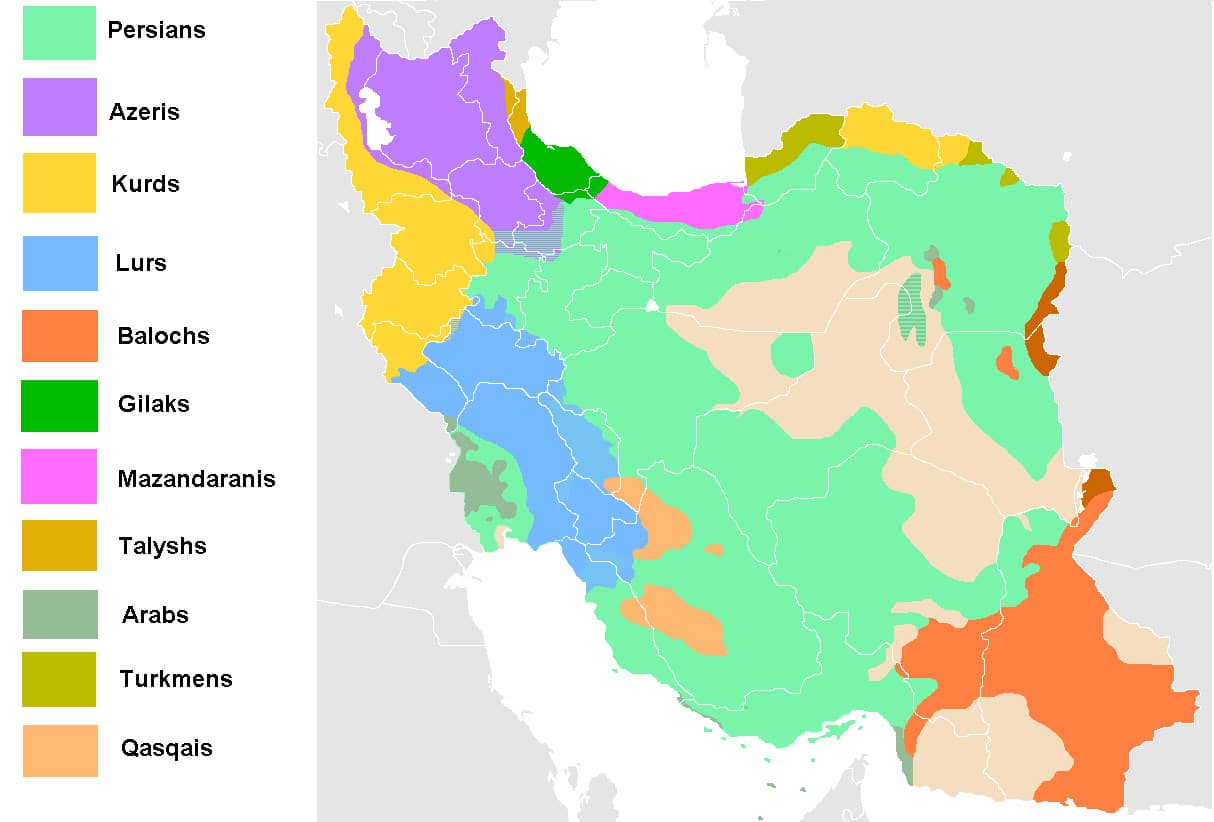
Azerbaijani (Azeris) and other Turkic people
After the Persians, the second ethnic group in Iran is the Azerbaijanis people, also called the Azeris. One out of five Iranians is Azeri. This group descends from Turkic nomads, proto-Caucasian tribes and Iranian farmers.
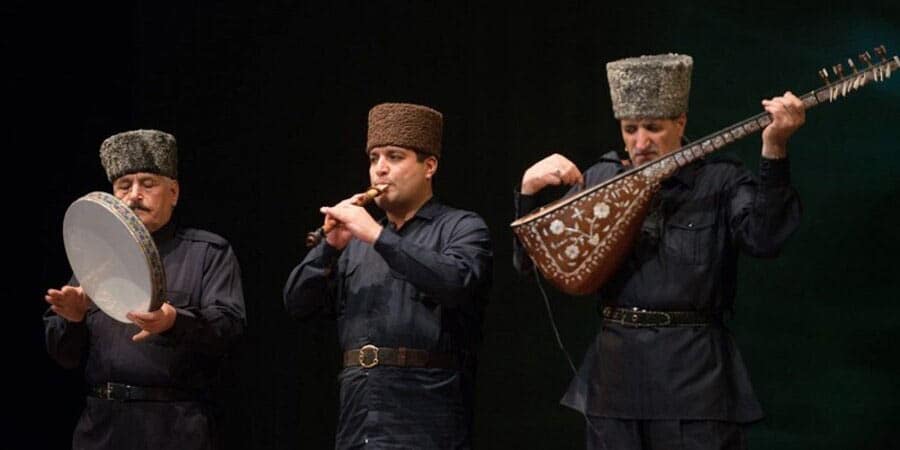
Azerbaijanis are mostly located in the provinces of northwest Iran (East and West Azerbaijan, Ardabil, Zanjan, Qazvin, Hamedan, Kurdistan, Kermanshah and Gilan), near the Turkey and Azerbaijan borders. Their language is quite different from Persian and other Indo-European languages, as it belongs to the Turkic group of the Altai language family.
Azerbaijanis are well integrated into the Iranian society, and Iran’s supreme leader Ali Khamenei is himself an Iranian Azerbaijani. In terms of culture, even though this group has its own traditions, they also share a lot in common with Persians and their lifestyle is quite similar. They are also predominately Shia Muslims.
Besides Azerbaijanis, which is the largest Turkic group in Iran, there are several others such as the Turkmens (living in the northeast, near the border with Turkmenistan), the Qashqai (a nomadic tribe found in the south and southwest) and the Kazakhs (mainly living in the Golestan Province, bordering Turkmenistan). While Qashqais are mostly Shia Muslims, Turkmens and Kazakhs are Sunni Muslims, like most other Iranian minorities.
Kurds from Iranian Kurdistan
The third major ethnic group in Iran is made by Kurdish people. Kurds is an ethnic group that is spread over several countries, mainly Iran, Turkey, Iraq and Syria. Claiming the creation of a Kurdish state as promised by the Allies after the World War I, Kurds have often been in conflict with their main state during history.
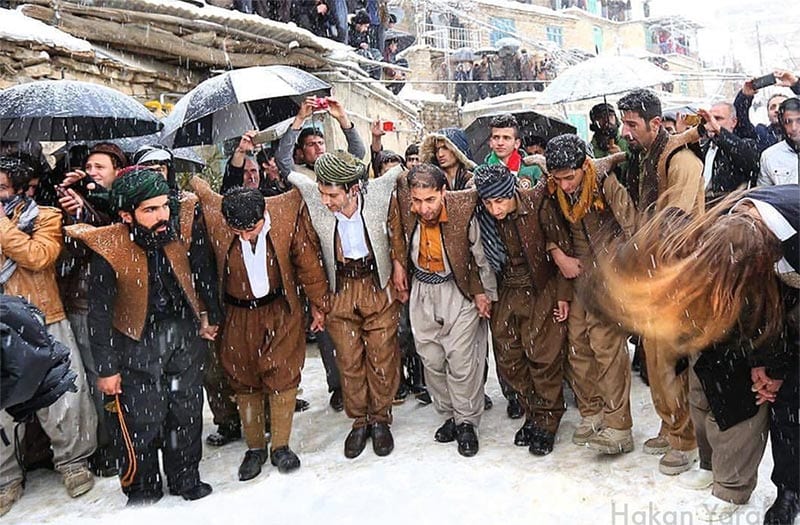
In Iran, Kurdish people represent a large minority of about 9 to 10 million people. They are living in the Iranian Kurdistan that is formed by the provinces of Kurdistan, Kermanshah, Illam, West Azerbaijan and Lorestan. In the past, they were also largely present in North Khorassan. The majority of Kurds are Sunni Muslims.
Kurdish people have a singular culture, that varies greatly from Persian, and which they are very proud of. Travelling through Iranian Kurdistan, you will notice that most men and woman are wearing their traditional outfit, while they speak various Kurdish languages and dialects.
Baloch in Iran
While it’s a small ethnic group in terms of numbers, representing only 2 % of the population, Baloch is another distinctive ethnicity in Iran. Like the Kurds, Balochi people are spread over several countries without a nation of their own. In Iran, they are mostly inhabiting the region of Sistan and Baluchistan, near the borders with Pakistan and Afghanistan, the two other countries where most Baloch can be found. Overall, they are about 11 million Baloch.
Balochs have an interesting ethnogenesis, as they first lived in western Iran, in the regions of Iranian Kurdistan, before settling in the southeast of Iran in the 10th century AD. Their language has a lot in common with Kurdish and they are also predominantly Sunni Muslims.
Arabs in Iran
While many foreigners mistakenly think Iranians are Arabs, many Iranians also think they are no Arabs in their country, which isn’t true either.
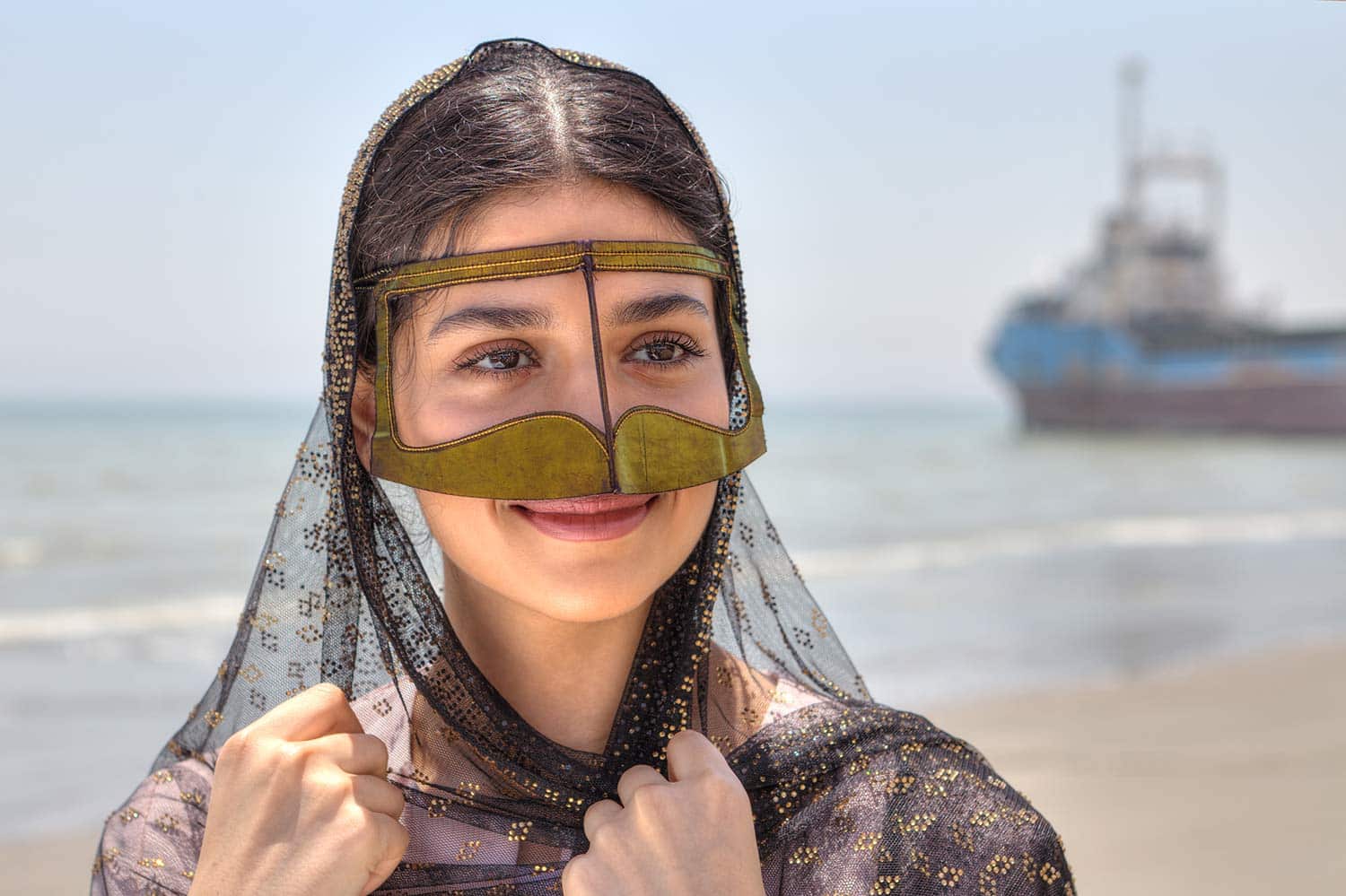
Arabs are indeed an ethnic group that counts for 2 to 3 % of the population in Iran. They are mostly found in the Khuzestan province (southwest, near the border with Iraq) but also found along the Persian Gulf coast and the Persian Gulf islands, due to migrations and exchanges over the time of sea merchants.
Other ethnic groups in Iran
Besides all the mentioned ethnic groups, there are many other ethnicities in Iran. One of them is the Lurs, which is the fourth ethnic group in Iran with 6 % of the population. Living mostly in the Lorestan province, they were tribal and nomadic groups. In the north of Iran, along with Kurds, Turks, and Persians, Mazandaranis and Gilakis are two distinctive minorities that can be found near the Caspian Sea shores. Eventually, 1 % of the Iranian population consists of various minority groups, such as Assyrians, Armenians, Georgians, or Mandaeans.
Read More
